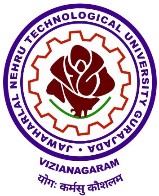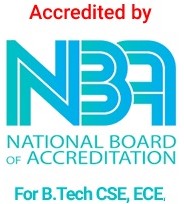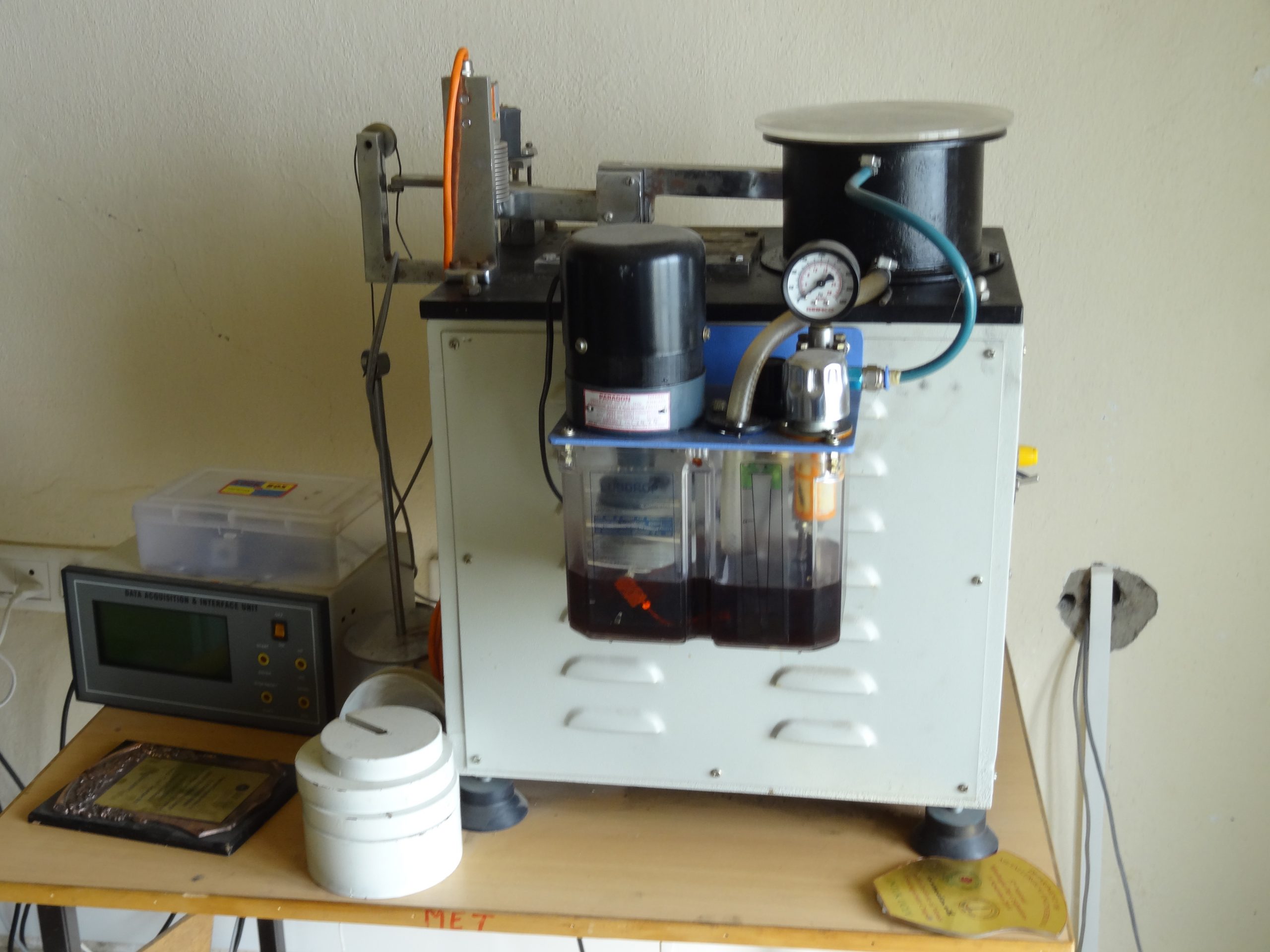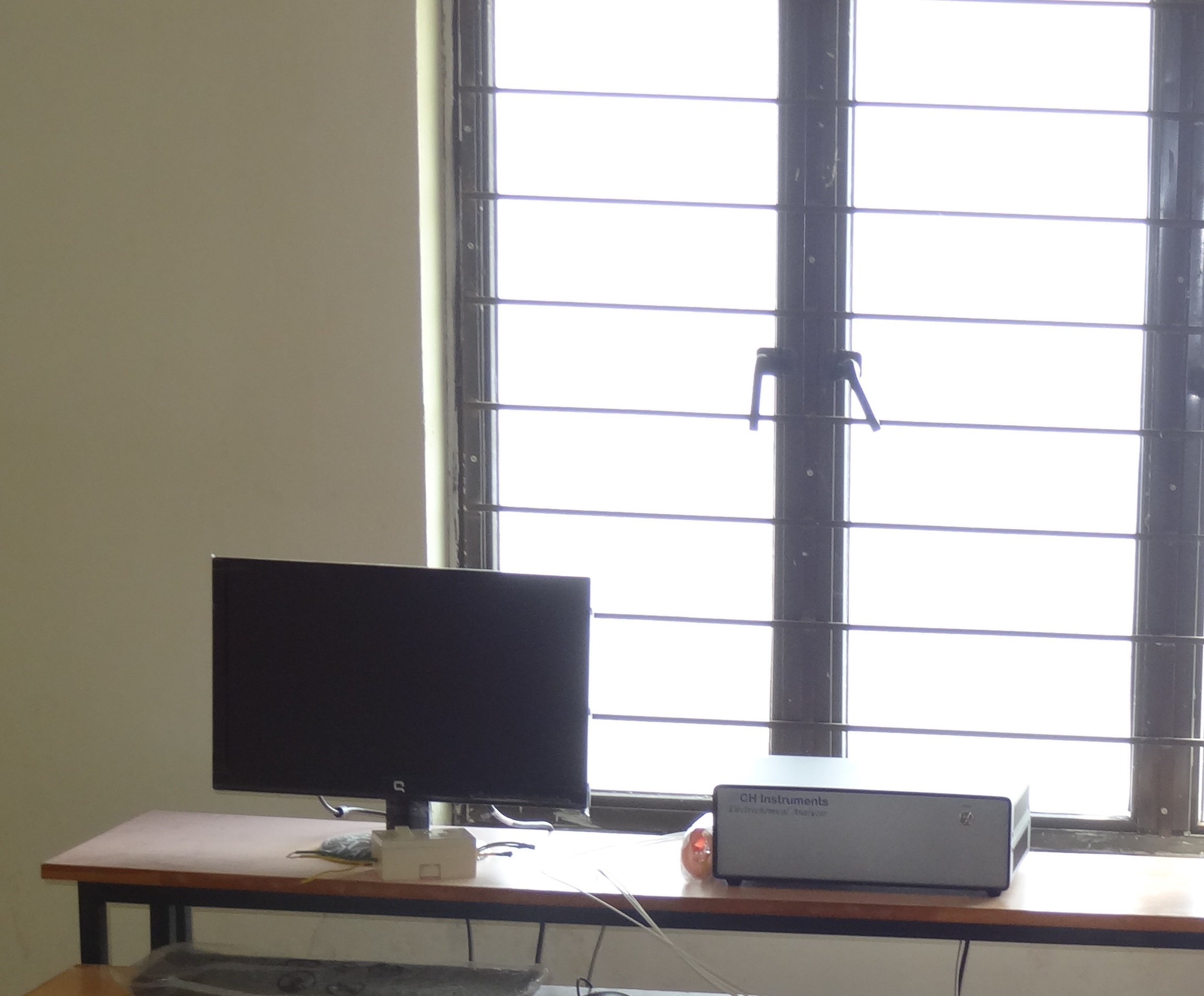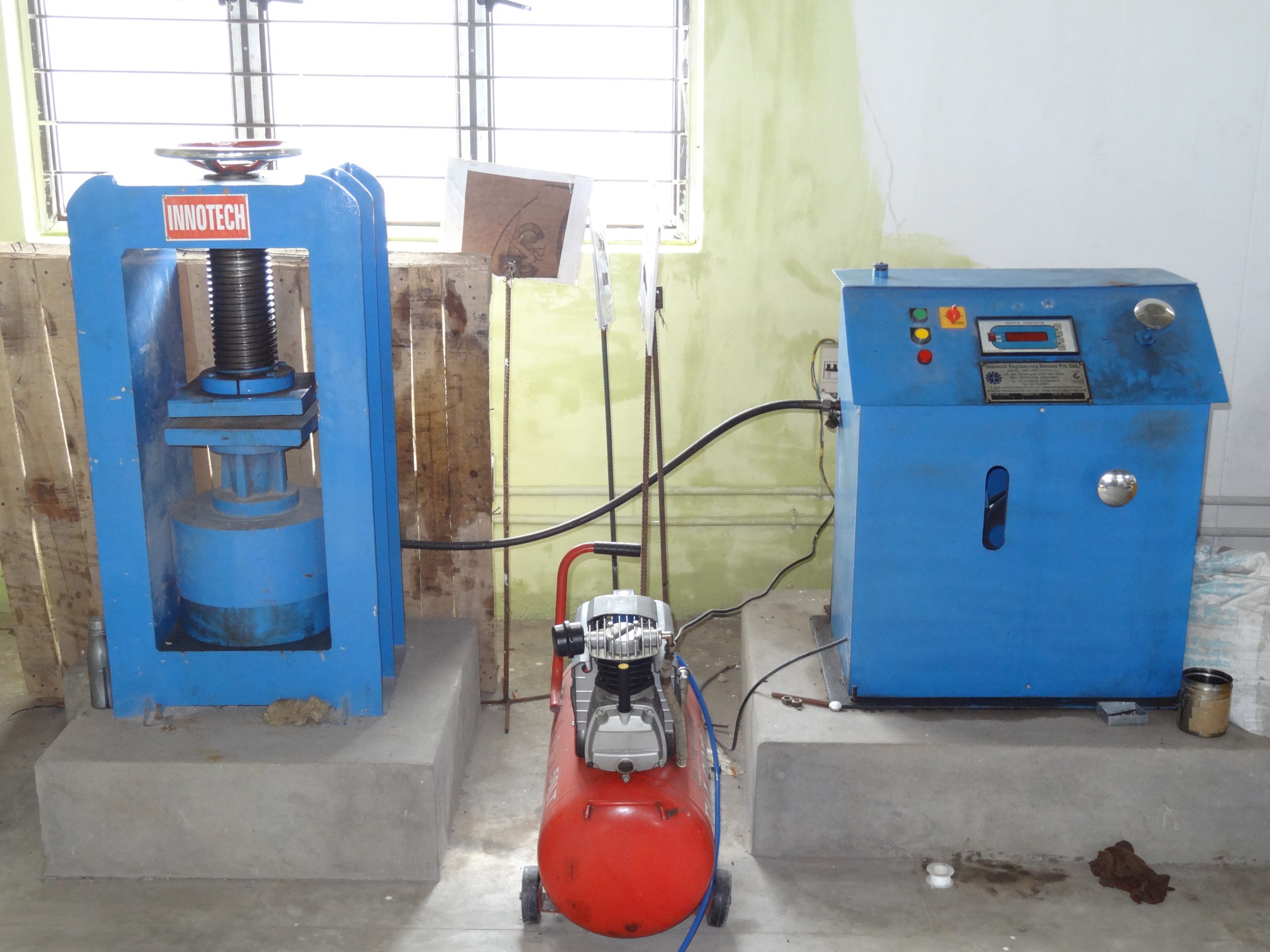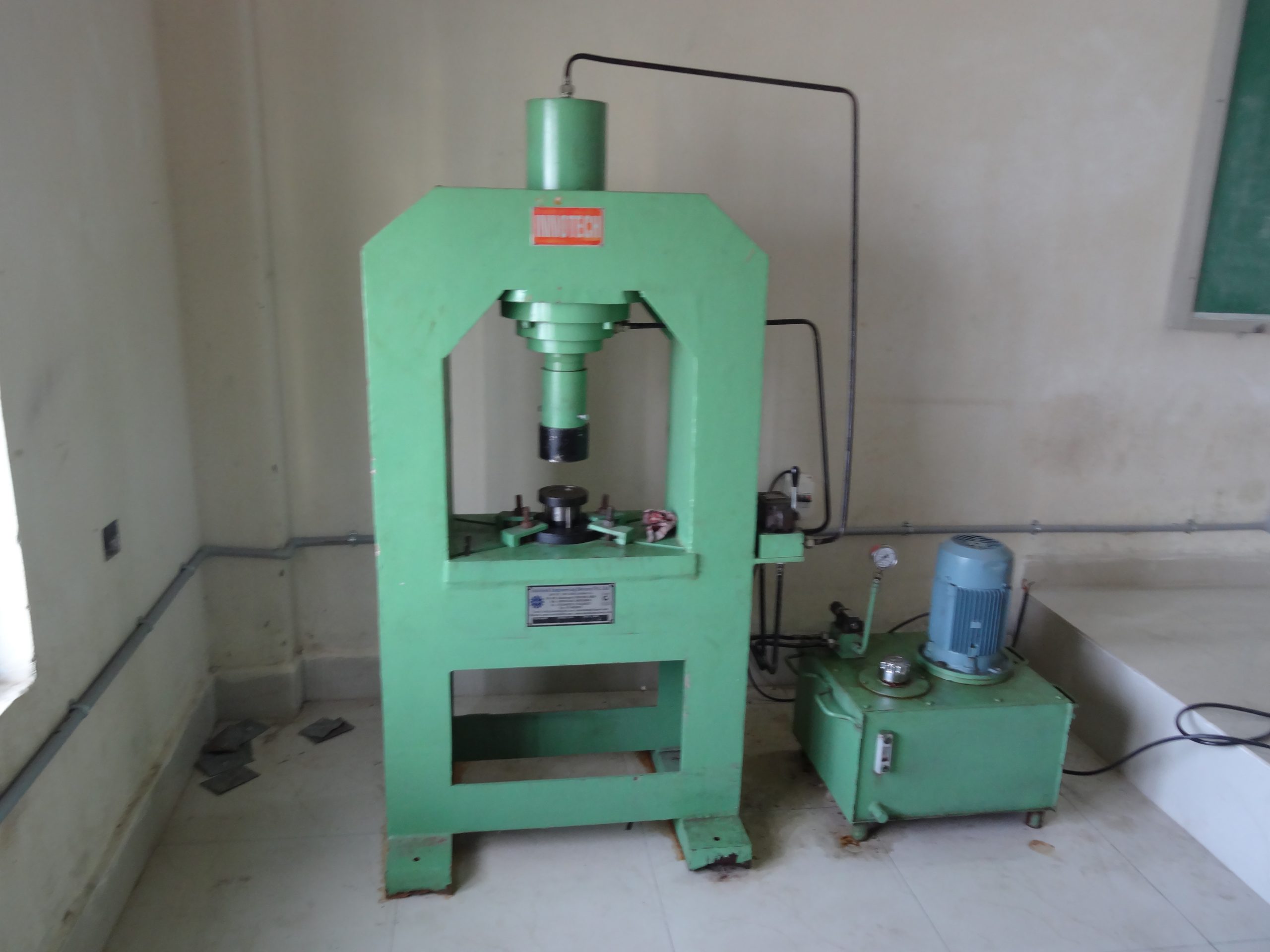MAJOR LABORATORY FACILITIES
Optical Emission Spectrometer
Optical emission spectrometer gives the analysis of the chemical elements at the complete range, from sub-ppm to percentage levels from pure metals trace analysis to high alloyed grades. All relevant elements can directly be analyzed. The speed and the ease-of-use of this equipment make it so versatile and very well accepted and beneficial for operators. The spectrometer can be used for material inspection, alloy identification, and quality control. Here we can find out the chemical composition of Iron based alloys as well as aluminum based alloys.

Vickers micro hardness tester
The micro Vickers hardness tester is used to check the hardness of small parts, thin sections or to check the case depth work. At the same time we can find the hardness of the phases also.

Wear Testing Equipment
The equipment is used to evaluate the friction and wear characteristics for various materials including metal, ceramic, composites and coatings. The system is configured to measure wear loss and friction coefficient in real time during testing and the results can be simultaneously stored in a computer.

Inverted optical microscope with Image Analysis facility
The software is used to take the photographs of microstructure up to 500X. Using this software we can analyze the phases present in the material, distribution of the phases present in the material and amount of phases present in the material.

Potentiostat
This equipment is fundamental to modern electro-chemical studies using three electrode systems for investigations of reaction mechanisms related to redox chemistry and other chemical phenomena. The dimensions of the resulting data depend on the experiment. In a bulk electrolysis total coulombs passed (total electric charge) is plotted against time in seconds even though the experiment measures electric current (amperes) over time. This is done to show that the experiment is approaching an expected number of coulombs. The automated software allows the user rapidly to shift between experiments and experimental conditions. The computer allows data to be stored and analyzed more effectively, rapidly, and accurately than historic methods. Here we have a highly sophisticated potentiostat through which we can do research on electroplating as well as corrosion studies.

Deep Drawing Press
Deep drawing is one of the most popular metal forming methods available to manufacturers. It involves the use of metal dies to form blank sheets of metal into a desired shape. Here we have a deep drawing press by using which we can produce cup shaped products.

Extrusion Press
Aluminum rods of 20mm diameter can be produced from 50mm round rods in both cold and hot working conditions.

Forging Press
Different forged products can be produced by the forging press of 200T capacity.

Compression Testing Machine
This equipment is used to find the compression strength of the metallic materials, bricks etc.

Magnetic Particle Tester
The magnetic particle tester is used to find out the surface cracks and sub-surface cracks present in a component. Mainly the cracks present in the castings and wildings can be detected using magnetic particle tester.

Stir casting furnace
Composites with homogeneous composition can be produced by stir casting furnace.

Ball Mill
The ball mill can reduce a material of size from 10mm to 1µm.

Stroleihn Apparatus
The apparatus is used to find the carbon and Sulphur content in the steels.

Electro Plating Unit
Copper, Nickel and Chromium plating can be done on the required components. The unit basically contains a rectifier which converts AC current in to DC current and salt solutions of desired metals. The component to be plated is taken as cathode and metal to be deposited is taken as anode. After passing current into solution, the cathode will be plated with the required material.

